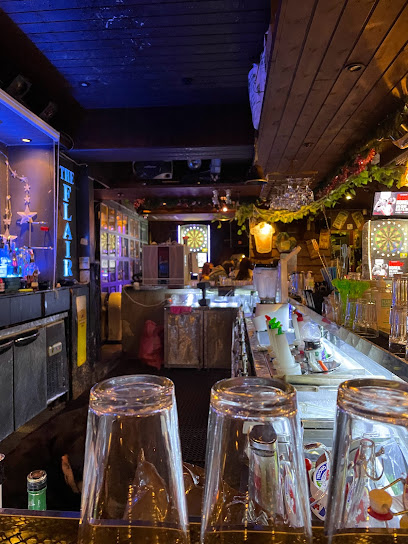
The Majestic Sungnyemun Gate: A Glimpse into Korea's History
Explore Sungnyemun Gate, a magnificent historical landmark in Seoul, showcasing the rich cultural heritage of South Korea.
Sungnyemun Gate, also known as Namdaemun, is an iconic historical landmark nestled in the heart of Seoul. This grand structure, steeped in history, offers a captivating glimpse into Korea's rich past, making it a must-visit for tourists eager to explore the cultural heritage of the nation.
A brief summary to Sungnyemun Gate (Namdaemun)
- 40 Sejong-daero, Jung District, Seoul, 100-094, KR
- Visit website
- Tuesday 9 am-6 pm
- Wednesday 9 am-6 pm
- Thursday 9 am-6 pm
- Friday 9 am-6 pm
- Saturday 9 am-6 pm
- Sunday 9 am-6 pm
Local tips
- Visit early in the morning or late in the afternoon for fewer crowds and stunning lighting for photography.
- Combine your visit with a trip to Namdaemun Market for a taste of local street food and shopping.
- Check for any cultural events or festivals happening around the gate during your visit.
- Take a guided tour to learn more about the historical significance of the gate.
- Wear comfortable shoes, as you'll likely want to explore the surrounding area.
Getting There
-
Subway
Take Line 4 (the light blue line) from any station towards the direction of Dongdaemun History & Culture Park. If you are starting from Seoul Station, board the train at Seoul Station and head towards Myeongdong Station (3 stops). At Myeongdong Station, transfer to Line 4 and continue until you reach Hoehyeon Station. Exit the subway at Hoehyeon Station (Exit 5). After exiting, walk straight for about 5-10 minutes, and you will see Sungnyemun Gate (Namdaemun) ahead.
-
Bus
Find a nearby bus stop and take either Bus 501 or Bus 402. If you are at a central location such as Myeongdong, you can catch Bus 402 from the stop on Myeongdong 2-ga. Ride the bus for approximately 10 minutes and alight at the Namdaemun Market stop. From there, walk towards the gate for about 5 minutes, and you will arrive at Sungnyemun Gate (Namdaemun).
-
Walking
If you are already in the vicinity of Namdaemun Market, you can simply walk to Sungnyemun Gate. From the main market entrance, head southwest along the main road (Sejong-daero) for about 10 minutes. The majestic gate will be visible, and you will find it located at 40 Sejong-daero, Jung District, Seoul.
Discover more about Sungnyemun Gate (Namdaemun)
Iconic landmarks you can’t miss
Chungdong First Methodist Church, English Ministry
0.7 km
Discover the beauty and peace of Chungdong First Methodist Church in Seoul, where tradition meets modernity in a serene urban setting.
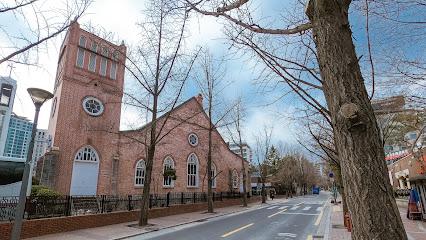
Jeonggwanheon
0.7 km
Explore the historical elegance of Jeonggwanheon, where traditional Korean architecture meets Western influences within Deoksugung Palace.

명동차없는거리
0.9 km
Explore the architectural beauty and serene atmosphere of Myeongdong Cathedral, a must-visit landmark in the heart of Seoul, South Korea.
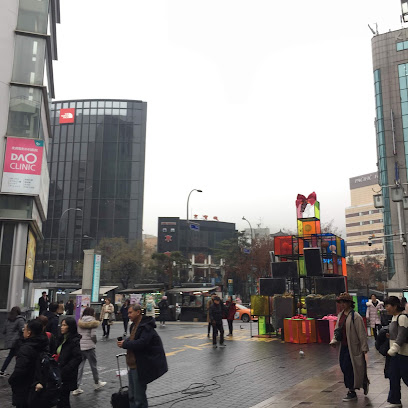
Korea
0.9 km
Explore Myeong-dong, a vibrant Seoul district filled with shopping, street food, and rich cultural experiences in the heart of Korea.

명동의 밤거리
0.9 km
Discover Myeong-dong, Seoul's vibrant shopping district filled with street food, beauty trends, and a lively atmosphere that captures the essence of South Korean culture.
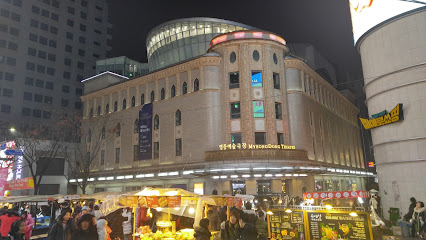
Cheonggye Plaza
1.0 km
Explore the charming Cheonggye Plaza, where nature meets urban life in the heart of Seoul, offering stunning views and cultural experiences.

Cheonggyecheon
1.1 km
Explore the breathtaking Cheonggyecheon in Seoul, where nature meets urban life in a serene park perfect for leisurely strolls and cultural experiences.

Myeondong Shopping Street
1.1 km
Explore Myeongdong Shopping Street: A vibrant blend of shopping, dining, and cultural experiences in the heart of Seoul, South Korea.
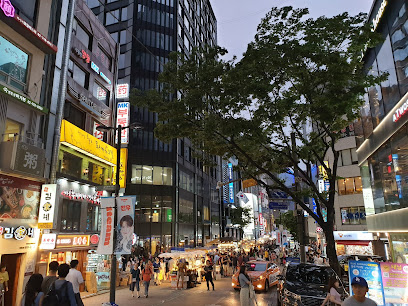
Myeongdong Cathedral
1.1 km
Discover the beauty and history of Myeongdong Cathedral, a stunning Gothic masterpiece and spiritual oasis in the heart of Seoul.

Gyeonggyojang House
1.1 km
Discover the rich history of Gyeonggyojang House, a peaceful historical site in Seoul, showcasing the life of independence leader Kim Gu.
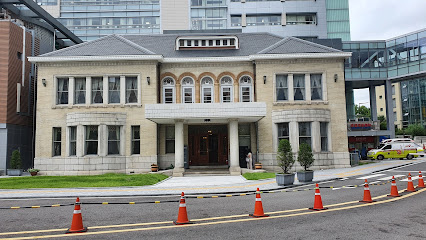
Seoul Cheonggyecheon Ruins
1.2 km
Discover the enchanting Cheonggyecheon Ruins in Seoul, where history meets modernity in a breathtaking urban oasis.
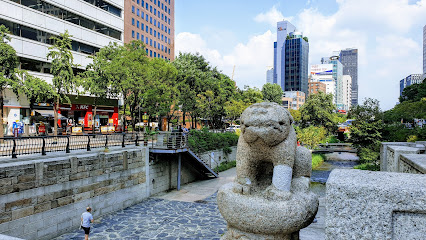
Statue of Admiral Yi Sun-sin
1.2 km
Explore the iconic Statue of Admiral Yi Sun-sin in Seoul, a symbol of bravery and a must-visit cultural landmark reflecting Korea's maritime history.
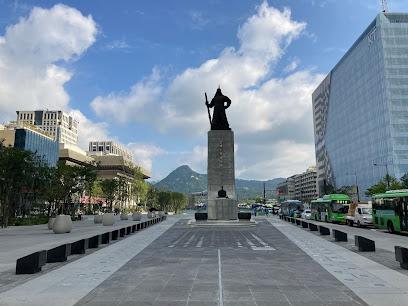
Seoul Museum of History
1.2 km
Explore the evolution of Seoul at the Seoul Museum of History, where the past meets the present through engaging exhibits and stunning city views.
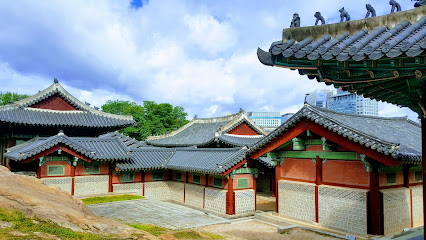
Jongno in Joseon Dynasty Well
1.3 km
Explore the Jongno in Joseon Dynasty Well, a serene historical landmark in Seoul that showcases the ingenuity and culture of the Joseon Dynasty.
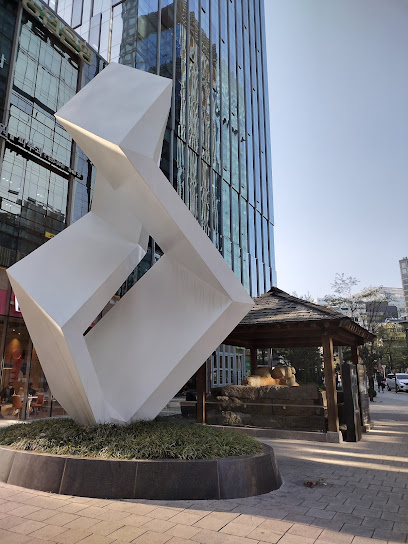
Jonggak Avenue of Youth
1.4 km
Experience the vibrant energy of Jonggak Avenue of Youth, where culinary delights meet nightlife and cultural experiences in the heart of Seoul.
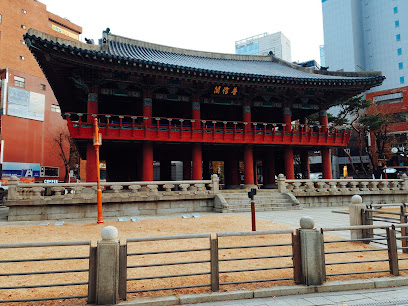
Unmissable attractions to see
Namdaemun Market
0.2 km
Discover the bustling atmosphere of Namdaemun Market, where traditional Korean culture meets modern shopping and tantalizing street food.
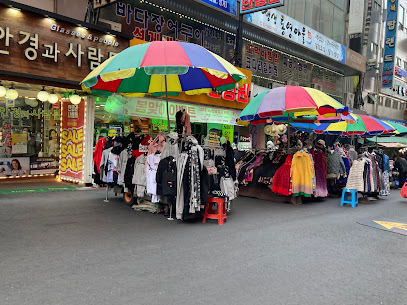
Bukchang-dong Food Culture Street
0.3 km
Discover the vibrant flavors and rich culinary heritage of Bukchang-dong Food Culture Street, a must-visit destination for food lovers in Seoul.
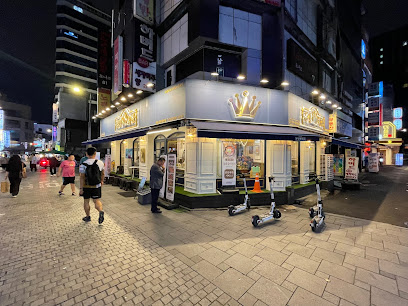
Namdaemun Market Food Street
0.3 km
Explore the vibrant tastes of Korea at Namdaemun Market Food Street, a culinary haven in the heart of Seoul.
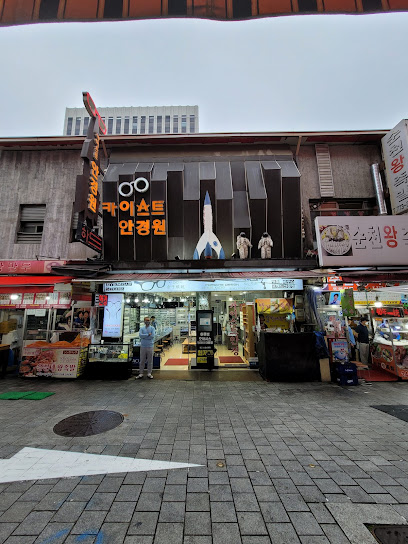
SeMA - Seoul Museum of Art
0.5 km
Experience the vibrant art scene at the Seoul Museum of Art, showcasing contemporary and traditional masterpieces in the heart of Seoul.
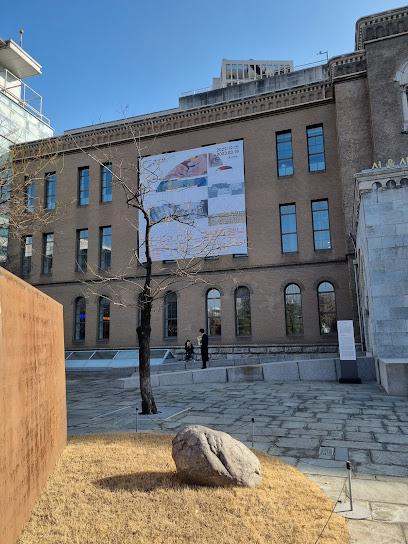
Seoul City Hall Seosomun Annex Building 1
0.5 km
Discover the modern architectural brilliance of Seoul City Hall Seosomun Annex, a cultural hub in the heart of South Korea's vibrant capital.
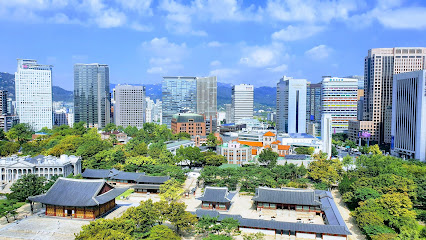
Jeongdong Observatory
0.5 km
Discover breathtaking views of Seoul's skyline from Jeongdong Observatory, a must-visit observation deck blending history and modernity.
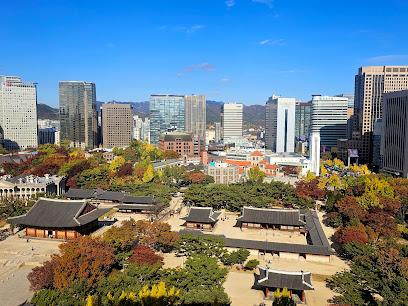
Appenzeller/Noble Memorial Museum
0.5 km
Explore the rich heritage of the Appenzeller/Noble families at this serene museum in Seoul, where history comes to life through captivating exhibits.
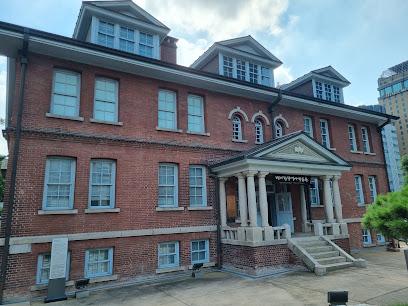
Seosomun History Park
0.5 km
Discover tranquility and history at Seosomun History Park, an idyllic retreat in the heart of Seoul showcasing Korea's rich heritage and natural beauty.
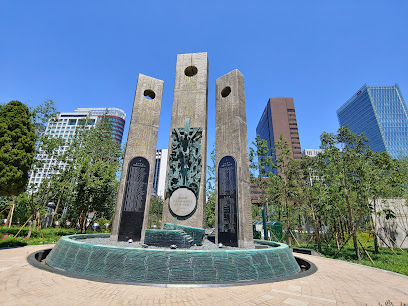
Seoul Station Square
0.5 km
Explore the serene beauty of Seoul Station Square, a vibrant memorial park blending nature, culture, and history in the heart of the city.

Deoksugung Doldamgil (Stone-wall Road)
0.5 km
Explore the historical charm of Deoksugung Doldamgil, a scenic stone-wall road in Seoul, rich in culture and breathtaking views.
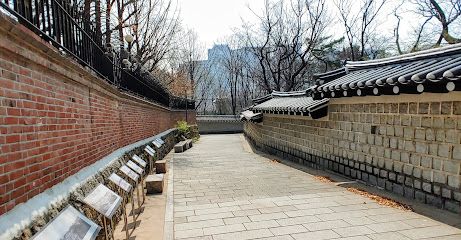
Culture Station Seoul 284
0.6 km
Explore the artistic and historical wonders at Culture Station Seoul 284, a cultural hub in the heart of Seoul showcasing Korea's vibrant heritage.
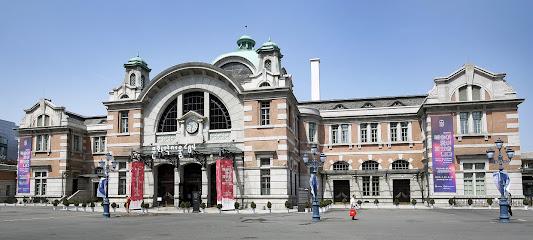
Seoullo 7017
0.6 km
Explore Seoullo 7017, an elevated park blending nature and culture in the heart of Seoul, offering stunning views and a peaceful retreat.
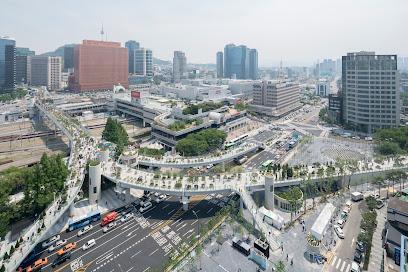
Deoksugung Palace
0.6 km
Discover the royal heritage and cultural essence of Korea at Deoksugung Palace, a stunning blend of history and beauty in the heart of Seoul.
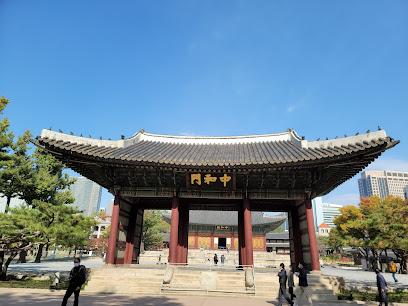
Jeongdong Jeil Church
0.7 km
Discover the architectural beauty and spiritual serenity of Jeongdong Jeil Church, a must-visit landmark in the heart of Seoul.
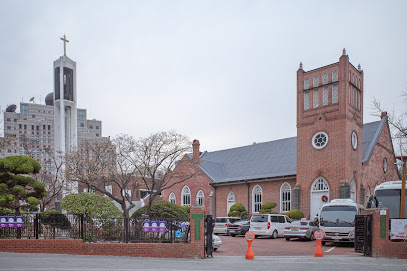
Seoul Plaza
0.7 km
Discover tranquility and culture at Seoul Plaza, a vibrant urban park in the heart of Seoul, where nature meets modernity.
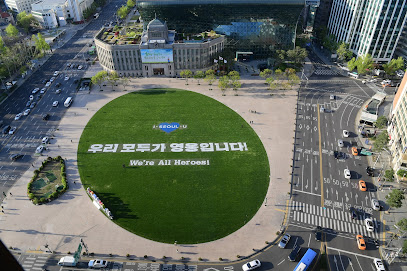
Essential places to dine
LE CHEF BLEU
0.6 km
Experience the elegance of French fine dining at Le Chef Bleu in Seoul's vibrant Jung-gu district.
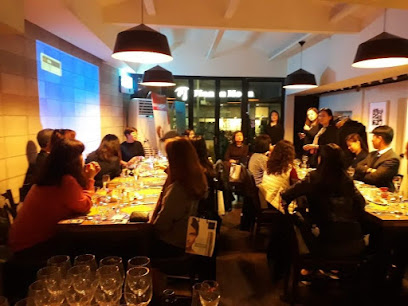
Wangbijib Myeongdong Center store
0.6 km
Experience authentic Korean BBQ at Wangbijib Myeongdong Center - where tradition meets flavor in the heart of Seoul.
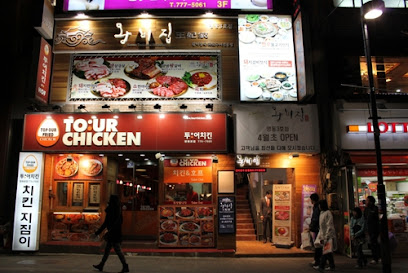
Yuktongryeong Myeongdong Main
0.7 km
Experience authentic Korean BBQ at Yuktongryeong Myeongdong Main—where flavors come alive and dining becomes an adventure.
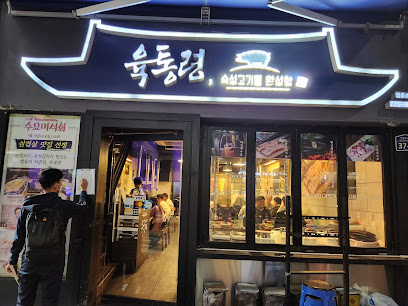
Pierre Gagnaire à Séoul
0.8 km
Savor exquisite haute French cuisine at Pierre Gagnaire à Séoul, where culinary artistry meets breathtaking views in the heart of Korea's vibrant capital.
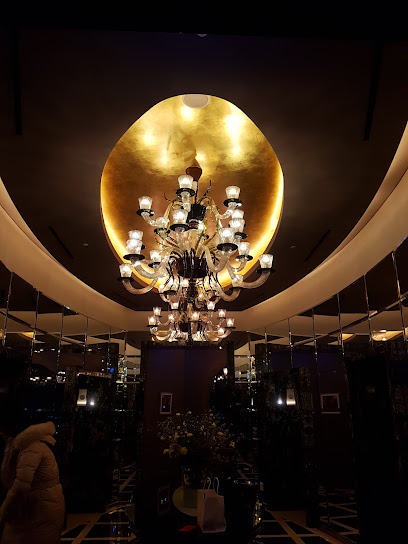
MUGUNGHWA
0.8 km
Experience the best of traditional Korean cuisine at Mugunghwa, where culinary artistry meets breathtaking views in Seoul.
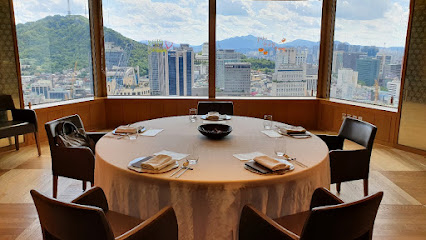
Mano di Chef
0.8 km
Experience authentic Italian cuisine at Mano di Chef in Seoul's vibrant Myeong-dong district - where every meal is a celebration.
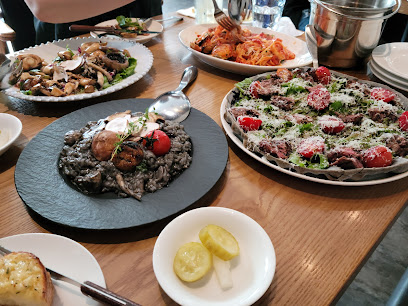
Din Tai Fung Myeongdong
0.9 km
Experience authentic Taiwanese cuisine at Din Tai Fung Myeongdong, famous for its delectable dumplings and vibrant atmosphere in Seoul's bustling district.

Gurkha Indian Restaurant
0.9 km
Experience authentic Indian and Nepalese cuisine at Gurkha Indian Restaurant in Seoul—where every dish tells a story of rich flavors.
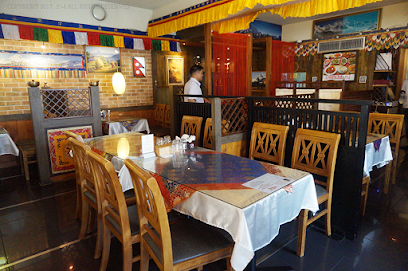
Myeongdong Restaurant The Sic-ddang
0.9 km
Experience authentic Korean cuisine at The Sic-ddang in Myeongdong – a must-visit for food lovers exploring Seoul's vibrant food scene.
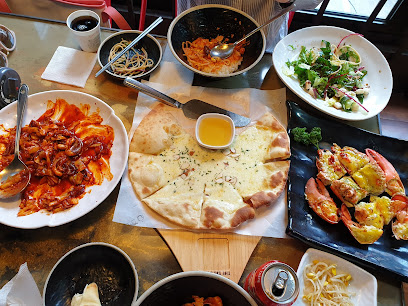
Kampungku Restaurant
1.0 km
Discover the vibrant flavors of Southeast Asia at Kampungku Restaurant, Seoul's premier halal dining destination.
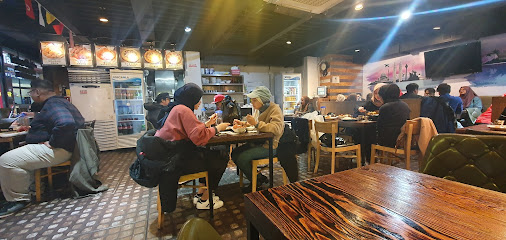
Myeongdong Kyoja Main Restaurant
1.0 km
Savor authentic handmade kalguksu noodles and dumplings at Myeongdong Kyoja Main Restaurant in Seoul's vibrant Myeongdong district.

Candle 1978
1.0 km
Indulge in authentic Italian flavors at Candle 1978 in Seoul's Jung-gu district – where culinary artistry meets warm hospitality.
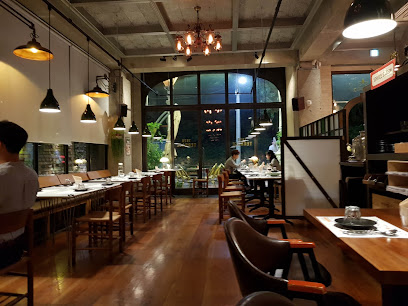
Italian Bistro Bonappetit
1.0 km
Discover the heart of Italy at Bonappetit in Seoul—where authentic flavors meet modern dining in an inviting atmosphere.
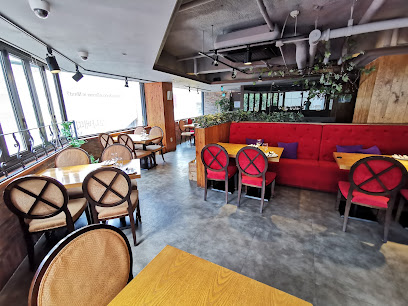
Urban Garden
1.0 km
Discover Urban Garden in Seoul – where authentic Italian flavors meet contemporary elegance in a vibrant atmosphere.
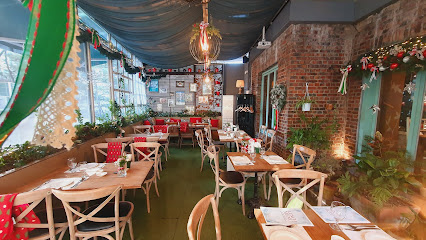
Wangbijip Myeongdong Main store
1.0 km
Experience authentic Korean BBQ at Wangbijip Myeongdong - indulge in premium meats and traditional flavors in the heart of Seoul.
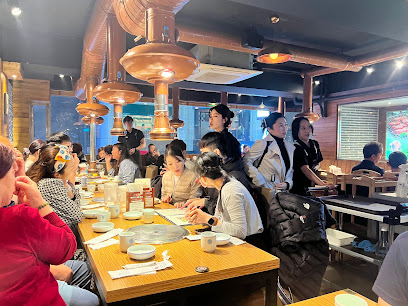
Markets, malls and hidden boutiques
Woo Jeung Nacre lacquer Ware Co. (2-nd floor)
0.2 km
Explore the exquisite craftsmanship of traditional Korean nacre lacquerware at Woo Jeung Nacre Lacquer Ware Co., a gem in Seoul's Jung District.
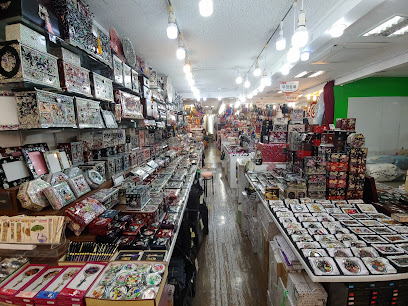
Seoul shop
0.2 km
Discover the ultimate K-Pop gift shop in Seoul, offering unique merchandise and exclusive collectibles for every fan.
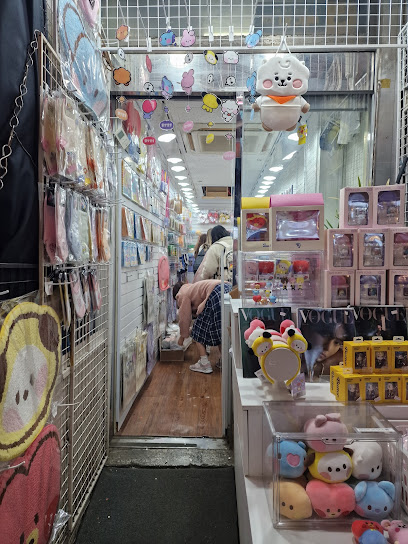
Shinsegae Duty Free Myeongdong
0.5 km
Discover luxury shopping at Shinsegae Duty Free Myeongdong, where exclusive brands and unbeatable prices await in the heart of Seoul.
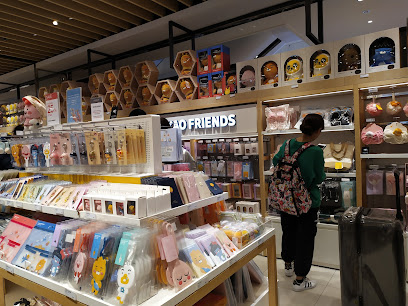
Piaget Boutique Seoul - Shinsegae Myeong-dong DF
0.5 km
Experience luxury shopping at Piaget Boutique in Myeong-dong, Seoul, where exquisite jewelry and fine watches await discerning travelers.
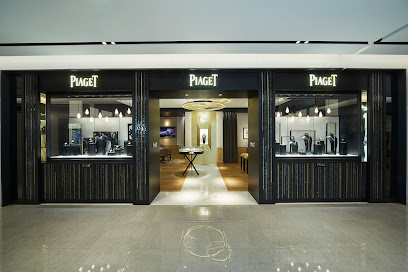
Shinsegae Department Store Main Store
0.5 km
Discover luxury, variety, and culinary delights at Shinsegae Department Store, Seoul's premier shopping destination.

e-바다몰
0.6 km
Discover unique home goods and essentials at e-바다몰, where quality meets style for your living spaces.

Hoehyeon Underground Shopping Center
0.6 km
Discover the Hoehyeon Underground Shopping Center, Seoul's bustling hub for fashion, electronics, and delightful Korean snacks in a clean and vibrant atmosphere.
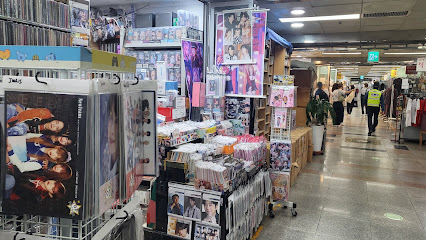
Sogong underground Shop #34 (Korean Ginseng Corp)
0.7 km
Explore Sogong Underground Shop #34 for authentic Korean ginseng products, offering health benefits and cultural insights in the heart of Seoul.
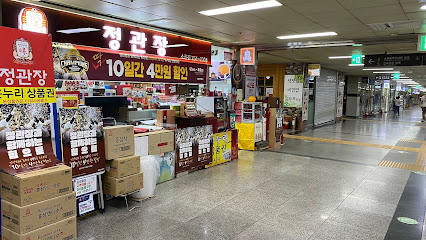
LOTTE Department Store Main Store
0.8 km
Discover an extraordinary shopping experience at LOTTE Department Store Main Store, where luxury brands and local treasures await in the heart of Seoul.
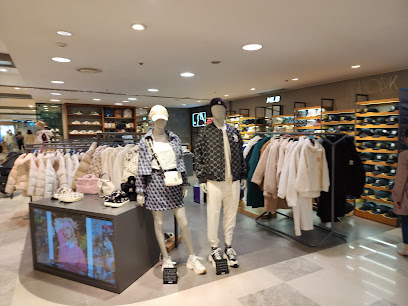
Piaget Boutique Seoul - Lotte Myeong-dong DF
0.8 km
Discover the luxury of Piaget Boutique in Myeong-dong, where exquisite jewelry and fine watches await in a stunning shopping destination.
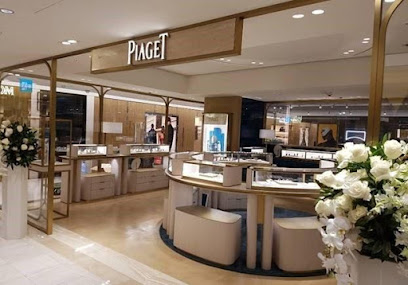
SPAO
0.8 km
Explore the vibrant fashion scene at SPAO, Seoul's top clothing store for trendy and affordable apparel for all styles.
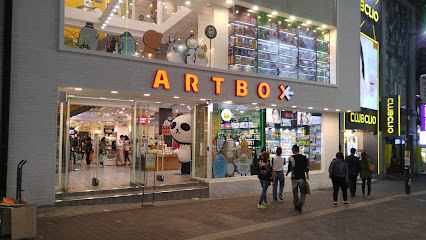
LOTTE DUTY FREE Main Store
0.8 km
Explore the luxurious offerings of LOTTE DUTY FREE Main Store in Seoul, where you can enjoy tax-free shopping on top brands and unique souvenirs.
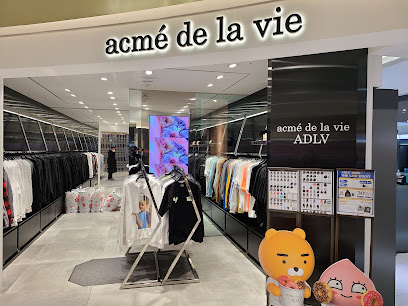
K CHARACTER SHOP
0.8 km
Discover the magic of K-Pop at K Character Shop in Seoul, where unique gifts and memorabilia await every fan and visitor alike.
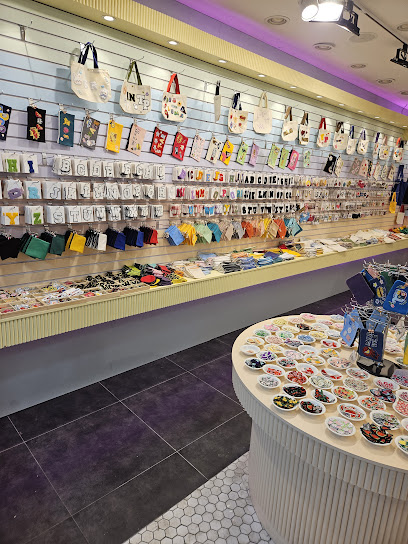
Migliore
0.8 km
Discover the best of shopping and dining at Migliore, Seoul's premier shopping mall offering a blend of trendy boutiques and delicious eateries.
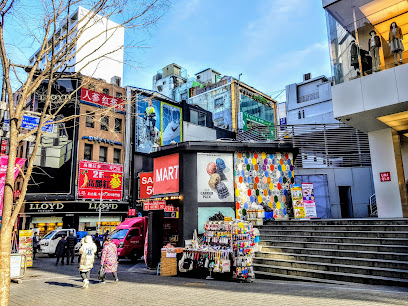
Myeongdong Underground Shopping Center
0.9 km
Discover the bustling Myeongdong Underground Shopping Center, where fashion meets flavor in the heart of Seoul's vibrant shopping scene.
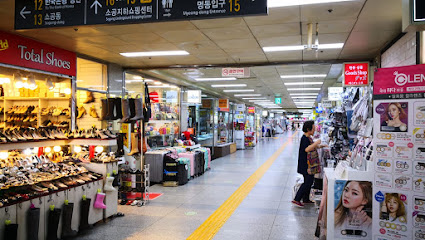
Essential bars & hidden hideouts
Marque d'Amour
0.4 km
Experience Seoul's nightlife at Marque d'Amour, where expertly crafted cocktails meet a vibrant and inviting atmosphere.
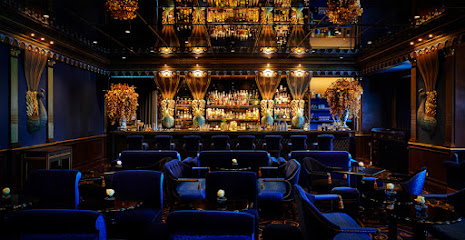
W XYZ Bar
0.6 km
Discover the vibrant nightlife at W XYZ Bar in Seoul, where stylish cocktails and a lively atmosphere await every visitor.
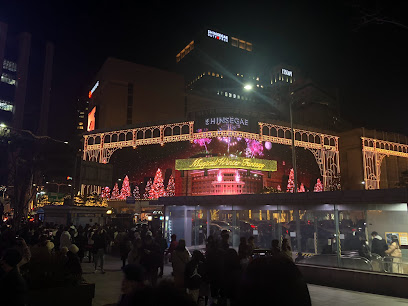
MOWa
0.7 km
Discover MOWa: A stylish wine bar and restaurant in the heart of Seoul, offering exquisite cuisine and an exceptional wine selection for every palate.
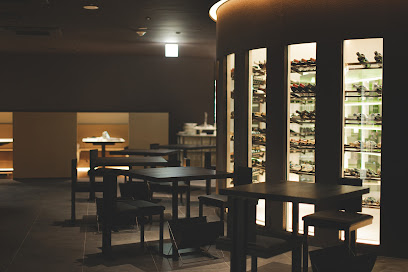
Pierres Bar
0.8 km
Experience the luxury of Pierres Bar in Seoul, where exquisite cocktails meet breathtaking skyline views in an elegant setting.
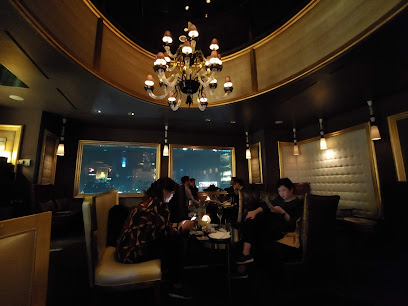
The Drawing Room
0.8 km
Experience the elegance of The Drawing Room, a premier cocktail bar at Lotte Hotel, where exquisite drinks and a sophisticated atmosphere await.
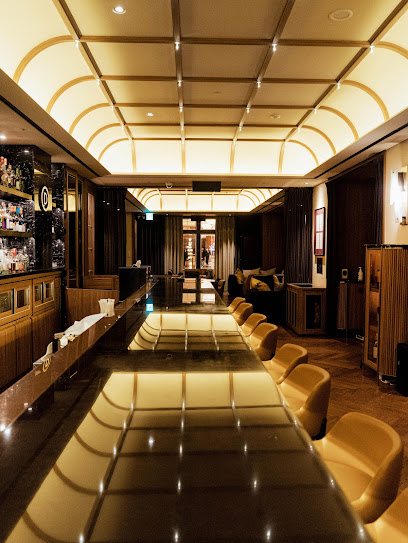
Mexx myeongdongjeom
0.9 km
Discover the vibrant nightlife of Seoul at Mexx Myeongdongjeom, where stylish ambiance meets an extensive drink menu in the heart of Myeongdong.
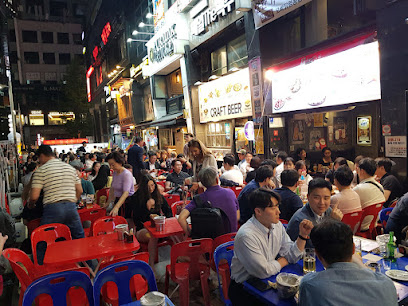
Artmonster
0.9 km
Discover Artmonster in Seoul: A bar where unique homemade drinks meet a vibrant atmosphere perfect for socializing and relaxation.
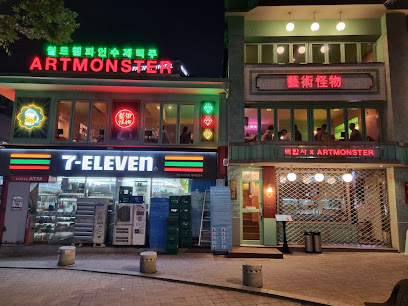
pungak 명동풍악 bar pub wine music 바 위스키 와인
0.9 km
Discover the lively Pungak Bar in Myeongdong, where extraordinary cocktails meet electrifying live music for a night to remember.
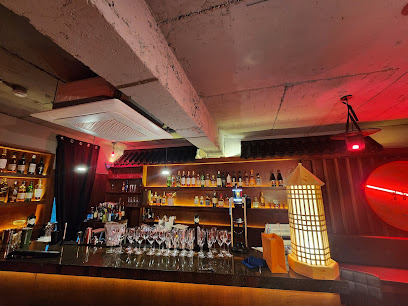
BOUND BAR
0.9 km
Discover Bound Bar in Myeongdong, Seoul's premier cocktail destination offering exquisite drinks and a vibrant nightlife experience.
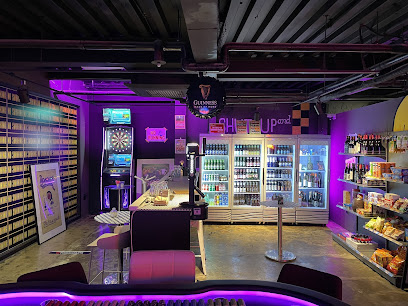
Ghiwon22
1.0 km
Discover Ghiwon22: A chic cocktail bar in Myeong-dong, blending local Korean flavors with innovative drinks in a vibrant atmosphere.
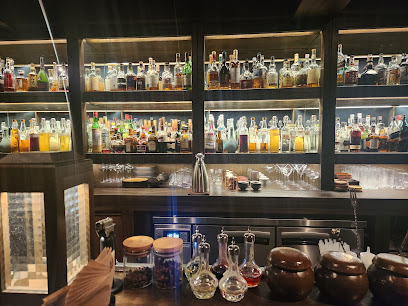
Bubble Lounge and Bar
1.0 km
Experience the vibrant nightlife of Seoul at Bubble Lounge and Bar, where unique drinks and a relaxed atmosphere await.

I Love Pub
1.1 km
Experience the vibrant nightlife at I Love Pub in Jung-gu, Seoul, where friendly service meets a lively atmosphere and delicious drinks.

찰스 H Charles H.
1.2 km
Discover the perfect blend of elegance and modernity at Charles H. in Seoul, a sophisticated bar and dining experience.
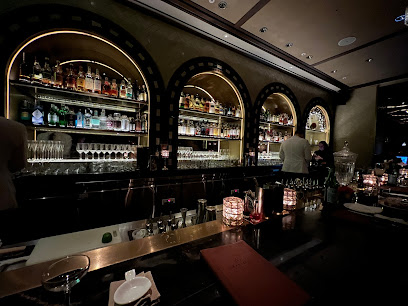
Le Style Bar
1.3 km
Experience the perfect blend of modern elegance and traditional Korean hospitality at Le Style Bar in the heart of Seoul.
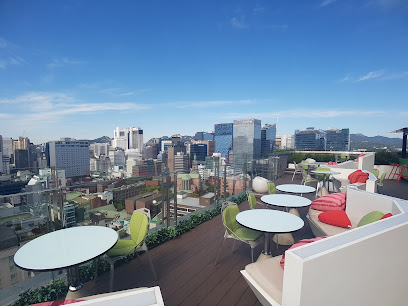
The Flair Bar
1.4 km
Discover The Flair Bar in Seoul - a lively nightlife destination offering innovative cocktails, a vibrant atmosphere, and a taste of local culture.
